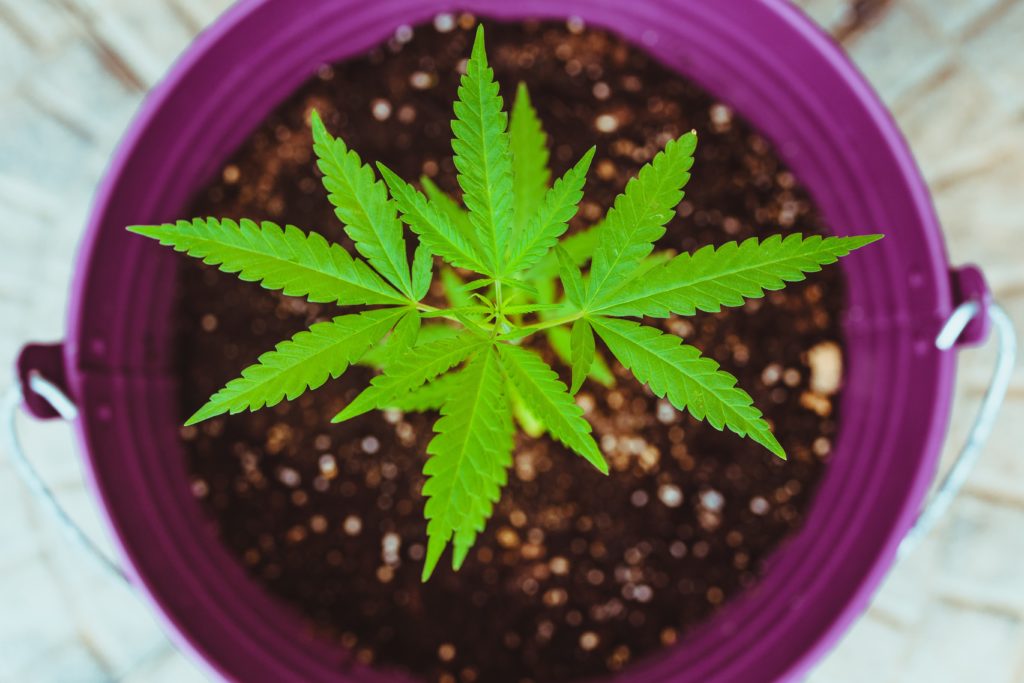Using medical cannabis to treat epileptic seizures is not a new idea. However, there is a serious lack of research into its use in treating younger patients, particularly when it comes to using whole-plant cannabis. This is highlighted by researchers in a new study: a small observational study that found an 86% reduction in seizure frequency in children treated with whole-plant cannabis.
Cannabis reduces epileptic seizures by 86% in children


Although this is a small pilot study with only 10 children, it reinforces the evidence for the effectiveness of medical cannabis in reducing the frequency of severe epileptic seizures. With one caveat, however. Optimal efficacy seems to be achieved with whole-plant medical cannabis. New data published in the British Medical Journal (BMJ) also suggest significant improvements in children’s health and well-being, including sleep, nutrition, behavior, and cognition.
For more of the latest cannabis research, legal developments, and general news, download our free companion Hemp.IM cannabis news app.
More research on whole-plant cannabis for epileptic seizures is needed
The researchers point out that while there has been extensive evidence published on the efficacy of medical cannabis for the treatment of childhood epileptic seizures over the past two decades, there is little recent scientific evidence on the efficacy of whole-plant cannabis extracts. In addition, other therapeutic benefits of whole plant products should be explored in future research.
These results were obtained in 10 children suffering from epileptic seizures refractory to standard treatments, including cannabidiol (CBD) authorized for this indication. It is therefore the whole cannabis plant that produces these beneficial effects, and its various cannabinoids, tetrahydrocannabinol or THC, the main psychoactive ingredient of the plant, cannabidiol (CBD), and other neuroactive cannabinoids as well as other molecules such as terpenes.
Studying cannabis efficacy in pediatric epileptic seizures: a small challenge
Cannabis efficacy in children is a double challenge for research. The researchers point out that the results of this study “echo” the very motivations of the first studies on the efficacy of cannabis and CBD in the treatment of pediatric epileptic seizures: these studies were prompted by the experience of parents whose epileptic children had responded well, and with a reduction in seizure frequency, to whole-plant medicinal cannabis extracts.
However, research was largely slowed down, particularly in the UK, where the study was hampered by anti-cannabis legislation. Now, in the UK, the National Institute for Health and Clinical Excellence (NICE), which publishes health guidelines, has accepted that real-world data, including those from case series, are valid sources of evidence, particularly where it is difficult to conduct clinical trials – in children and with cannabis.
A small study that punches well above its weight
A small case study that speaks volumes: here the researchers evaluate the use of whole plant medical cannabis in 10 children, aged 1-13 years, with severe epileptic seizures who did not respond to conventional treatments, 2 of whom also did not respond to pharmaceutical-grade purified CBD oil (Epidyolex).
The children had tried an average of 7 conventional epilepsy medications for their epileptic seizures, but without success. Some of the young participants also suffered from spasms, learning disabilities, and developmental delay. The researchers assessed the monthly frequency of seizures and the impact of medical cannabis on the use of conventional drugs in percentage terms, based on data collected from their parents.
- Full chemical analysis of the whole plant medical cannabis products is underway, but the researchers have already assessed the THC and CBD content: the children took an average of 5.15 mg THC and 171.8 mg CBD each day;
- Beyond the drastic reduction in seizure frequency, parents and caregivers report great improvements in the children’s well-being and quality of life;
- some minor side effects, such as fatigue, have been reported.
This is a small observational study involving a small number of participants. But its results are consistent with several interventional, observational, and controlled studies showing significant reductions in epileptic seizure frequency after treatment with medical cannabis. This new data highlights the optimal effectiveness of whole plant medical cannabis.
__
( Photo by Matthew Sichkaruk on Unsplash)
DISCLAIMER: This article was written by a third-party contributor and does not reflect the opinion of Hemp.im, its management, staff, or its associates. Please review our disclaimer for more information.
This article may include forward-looking statements. These forward-looking statements generally are identified by the words “believe,” “project,” “estimate,” “become,” “plan,” “will,” and similar expressions. These forward-looking statements involve known and unknown risks as well as uncertainties, including those discussed in the following cautionary statements and elsewhere in this article and on this site. Although the Company may believe that its expectations are based on reasonable assumptions, the actual results that the Company may achieve may differ materially from any forward-looking statements, which reflect the opinions of the management of the Company only as of the date hereof. Additionally, please make sure to read these important disclosures.
First published in santelog, a third-party contributor translated and adapted the article from the original. In case of discrepancy, the original will prevail.
Although we made reasonable efforts to provide accurate translations, some parts may be incorrect. Hemp.im assumes no responsibility for errors, omissions or ambiguities in the translations provided on this website. Any person or entity relying on translated content does so at their own risk. Hemp.im is not responsible for losses caused by such reliance on the accuracy or reliability of translated information. If you wish to report an error or inaccuracy in the translation, we encourage you to contact us.



Comments are closed for this post.